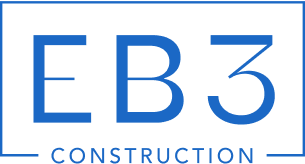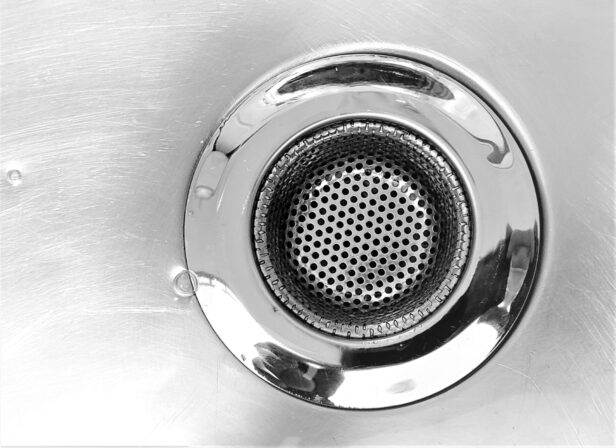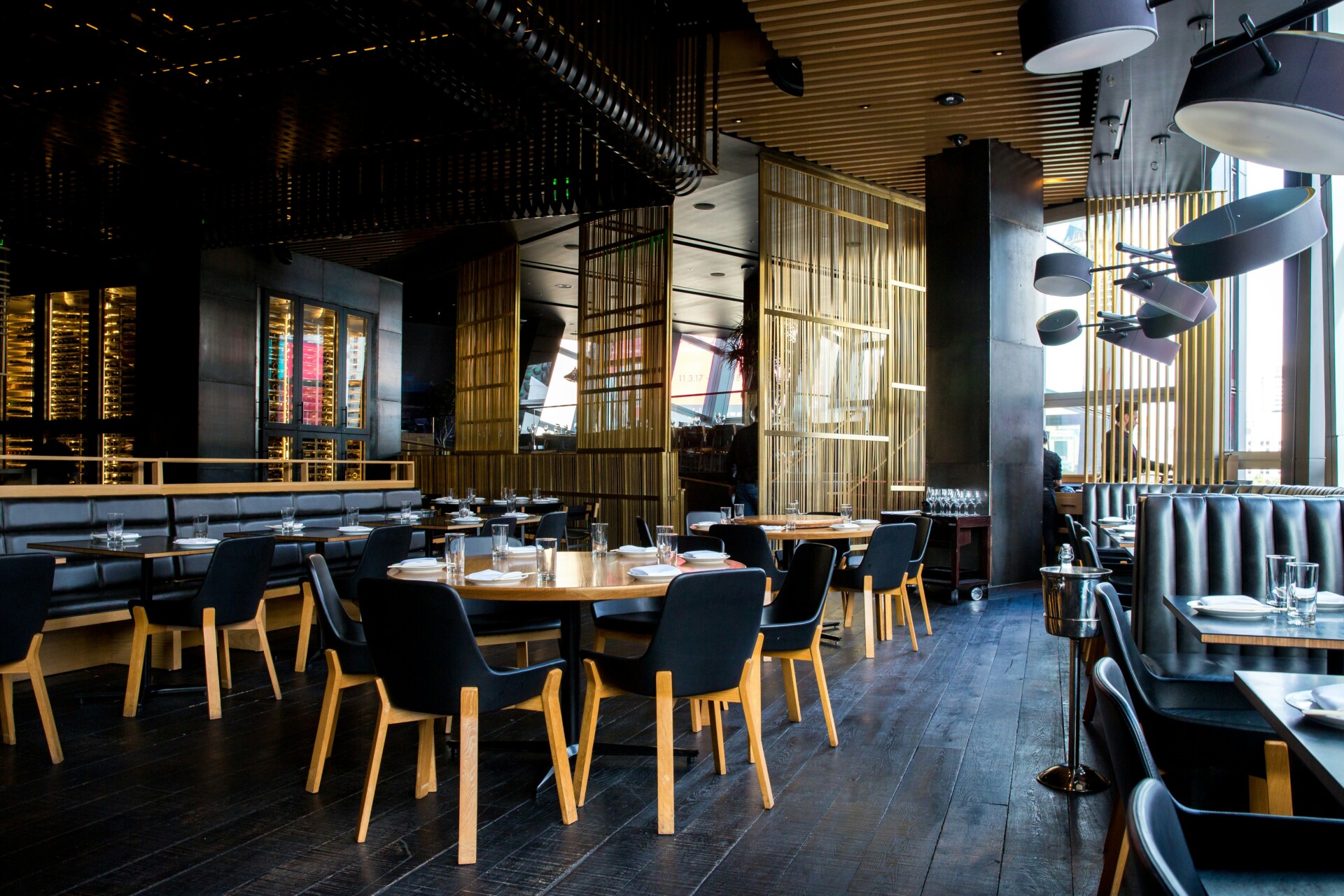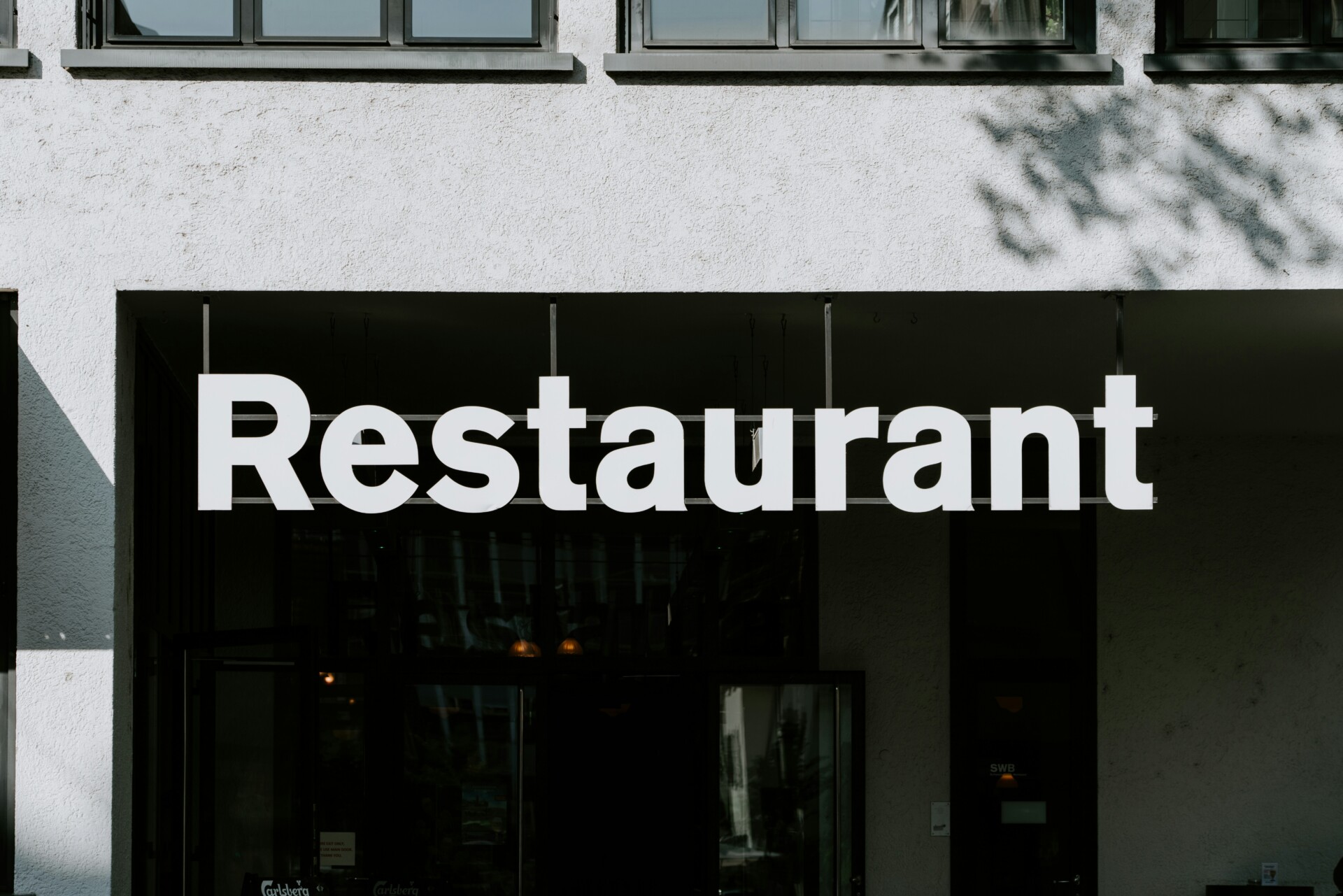Picture this: You’re in the middle of a busy dinner service when suddenly your kitchen sink backs up, spewing dirty water across the floor. Sound familiar? Without proper drainage, this nightmare scenario can quickly become reality. At EB3 Construction, we understand that effective kitchen drainage involves more than just avoiding messes—it’s crucial for food safety, operational efficiency, and code compliance.
Proper drainage solutions prevent more than just slow water flow and unpleasant odors. When drainage fails, wastewater stagnates, creating dangerous slip hazards for staff and breeding grounds for harmful bacteria. This contamination can spread to food prep areas, potentially leading to health violations that can shut down your entire operation. And let’s face it—even minor drainage issues can disrupt the rhythm of a well-oiled kitchen.
By implementing smart drainage design and regular maintenance, we help our clients avoid these pitfalls. The right system keeps water flowing, maintains a hygienic environment, and allows you to focus on what matters most—creating exceptional dining experiences. Don’t let subpar drainage be the weak link in your kitchen. Partner with EB3 to build a drainage solution that supports your culinary vision from the ground up.
What Are the Essential Components of Kitchen Drainage Systems?
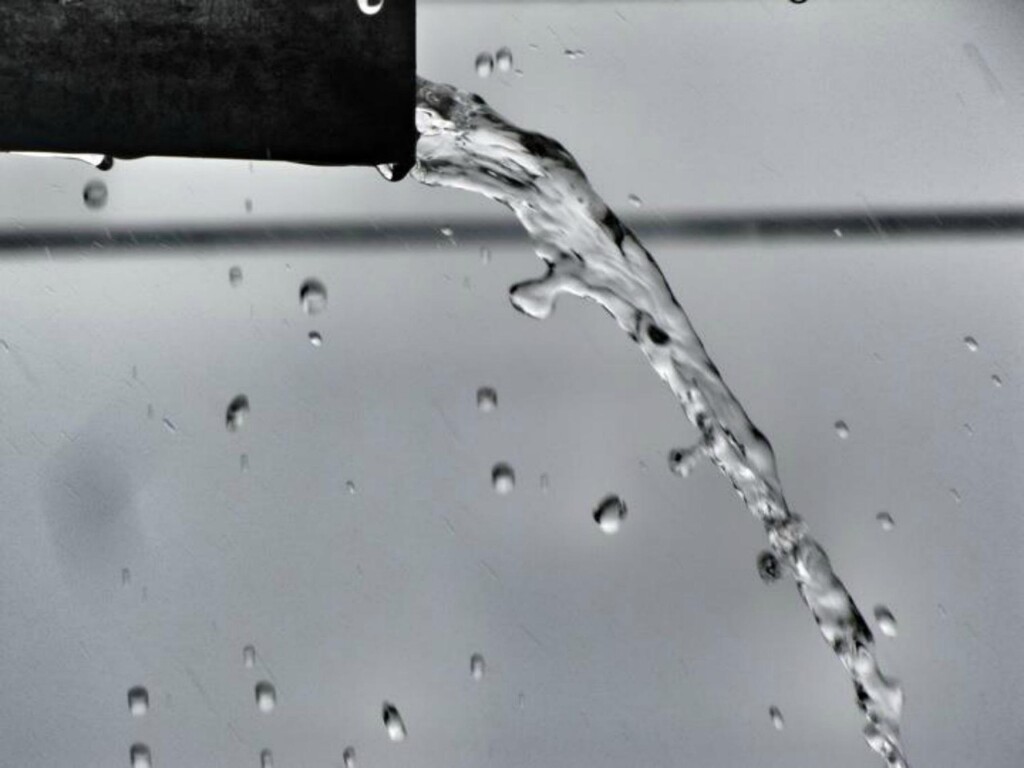
A well-designed kitchen drainage system consists of several key components that work together to ensure efficient water flow and proper sanitation. Understanding these essential parts is crucial for maintenance, troubleshooting, and optimizing your sink’s performance. Let’s break down the core elements:
Drain Basket or Strainer
The drain basket sits at the bottom of the sink, acting as the first line of defense against clogs. It catches food particles, utensils, and other debris while allowing water to pass through. Selecting a high-quality stainless steel strainer is recommended for durability and ease of cleaning.
Tailpiece
Connected directly to the drain basket, the tailpiece is a straight pipe section that channels water downward. Its length can be adjusted to accommodate different sink depths and configurations. Proper installation is essential to prevent leaks at this critical juncture.
P-Trap
Perhaps the most recognizable component, the P-trap is a curved section of pipe that forms a water seal. This seal is crucial as it prevents sewer gases from rising into your kitchen. P-traps are always installed with the proper slope to maintain this vital function while allowing smooth water flow.
Drain Pipe
The drain pipe connects the P-trap to the main wastewater line. The proper diameter and slope are carefully calculated during installation to ensure efficient drainage and reduce the risk of backups.
Vent Pipe
Often overlooked but essential, the vent pipe allows air to enter the system, facilitating proper water flow and preventing airlocks. Vent pipes are integrated into the overall plumbing design to meet code requirements and optimize drainage performance.
By understanding these components, homeowners can better maintain their kitchen drainage systems and communicate effectively with plumbing professionals when issues arise. Regular inspection and cleaning of these parts can prevent many common drainage problems.
During the installation or repair of kitchen drainage systems, attention is paid to how these components interact. Proper sizing, alignment, and sealing are critical for a leak-free and efficient system. For example, ensuring the P-trap is installed at the correct height and that all connections are tight can prevent water damage under the sink.
In modern kitchens, additional components like garbage disposal units or dishwasher connections may be integrated with this basic system. These additions require careful planning to maintain proper drainage while accommodating the extra water flow and potential debris.
While understanding these components is valuable, complex plumbing issues should be addressed by licensed professionals. They have the expertise to navigate local building codes, handle unexpected complications, and ensure your kitchen drainage system functions flawlessly for years to come.
What Are the Best Maintenance Practices for Kitchen Drains?
Regular maintenance is essential for keeping kitchen drains clear and preventing clogs. By adopting a few simple practices, property owners and managers can avoid costly plumbing issues in the future. Here are some highly effective drain maintenance techniques we recommend:
Daily Maintenance
After each use of the sink, rinse thoroughly with hot water for 15-30 seconds. This helps flush away any loose debris and grease before they accumulate. We also advise wiping down sink basins daily with a mild cleaner to remove any leftover residue that could eventually enter the drain.
Weekly Maintenance
Once a week, pour a mixture of 1/2 cup baking soda followed by 1/2 cup white vinegar down the drain. Allow it to sit for about 15 minutes, then flush with a pot of boiling water. This natural cleaning method helps break down grease and eliminate odor-causing bacteria. For commercial kitchens with heavy use, this may need to be done 2-3 times per week.
Preventive Measures
Installing quality sink strainers is one of the simplest yet most effective ways to prevent clogs. These catch food particles and other debris before they can enter the drain. We strongly advise against pouring any grease or oil down the drain. Instead, let it cool and dispose of it in a sealed container with regular trash.
Professional Maintenance
For commercial kitchens and high-traffic residential properties, schedule professional drain cleaning services every 6-12 months. This helps clear out deep-set buildup and allows for inspection of the plumbing system for potential issues before they become major problems.
By following these maintenance practices, property owners and managers can significantly reduce the risk of drain clogs and extend the lifespan of their plumbing systems. Regular care not only prevents inconvenient backups but also helps avoid the need for costly emergency plumbing services.
| Maintenance Frequency | Procedure | Purpose |
|---|---|---|
| Daily | Rinse with hot water; wipe sink basin | Flush debris and grease; remove residue |
| Weekly | Pour 1/2 cup baking soda followed by 1/2 cup vinegar; flush with boiling water | Break down grease and eliminate odors |
| Preventive Measures | Install sink strainers; avoid pouring grease down the drain | Prevent clogs |
| Professional Maintenance | Schedule drain cleaning every 6-12 months | Clear deep-set buildup and inspect plumbing |
What Should You Consider When Choosing Commercial Kitchen Drainage?
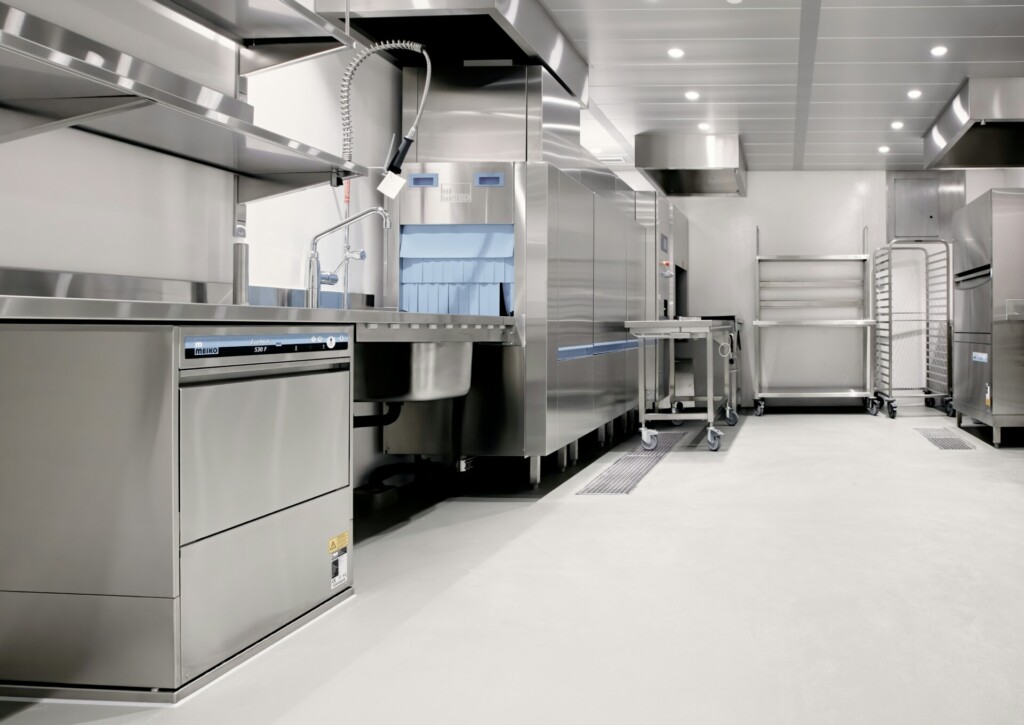
When selecting drainage solutions for commercial kitchens, several critical factors must be considered to ensure the system meets strict FDA and USDA standards while handling the unique demands of a high-volume food preparation environment. As general contractors specializing in commercial kitchen construction, we evaluate each project’s specific needs to recommend and install the most appropriate drainage configuration.
Stainless steel construction is essential for commercial kitchen drains due to its superior sanitation properties and durability. We typically specify 304 or 316-grade stainless steel, which offers excellent corrosion resistance to withstand exposure to harsh cleaning chemicals, acidic foods, and high-temperature water. This material maintains its integrity over years of heavy use, unlike less robust options that can degrade and harbor bacteria.
Proper sizing of drains and pipes is crucial to handle the substantial wastewater volume generated in busy kitchens. We conduct a thorough flow rate analysis, accounting for all water sources, including dishwashing, food prep sinks, floor cleaning, and any specialized equipment. This ensures the drainage system can efficiently remove water without backups or overflows, even during peak operating hours.
The floor slope leading to drains is a critical but often overlooked aspect. We work closely with flooring contractors to achieve the ideal pitch — typically 1/8 inch per foot — to direct water flow while avoiding puddles or tripping hazards. This subtle but important detail impacts both sanitation and safety.
For high-volume operations like cafeterias or large restaurants, we often recommend trench drains with grates. These linear systems excel at capturing and removing solid waste along with water. The removable grates allow for easy cleaning access. In areas where a lower profile is needed, slot drains offer an excellent solution. Their slim openings eliminate the need for grates while still providing robust drainage capacity.
Regulatory compliance is paramount when designing commercial kitchen drainage. We stay up-to-date on the latest FDA Food Code requirements and local health department regulations to ensure all drainage systems meet or exceed standards. This includes proper placement of floor sinks, use of indirect waste lines for food prep areas, and installation of approved grease interceptors where required.
The choice between point drains, trench drains, or a combination of systems depends on the kitchen layout and workflow. We analyze traffic patterns, equipment placement, and cleaning procedures to determine optimal drain locations. Strategic placement not only improves drainage efficiency but can also enhance overall kitchen functionality and safety.
Ultimately, selecting the right commercial kitchen drainage solution requires balancing performance, sanitation, durability, and cost considerations. Our experienced team evaluates each project holistically to design and install drainage systems that will serve reliably for years to come while meeting all applicable codes and standards.
How Do You Troubleshoot Common Kitchen Drainage Problems?
When kitchen drainage issues arise, our team at EB3 Construction takes a systematic approach to identify and resolve the problem. We start by carefully assessing the specific symptoms to determine the root cause. For slow drainage, we first check the pipe slope to ensure proper gravitational flow. If the slope is correct, we then move on to clear any potential clogs using methods like plunging or environmentally-friendly cleaning solutions.
Foul odors emanating from the sink often indicate issues with the P-trap. Our technicians verify that this crucial component is properly filled with water to maintain an effective seal against sewer gases. When we encounter leaks at pipe connections, we meticulously inspect and tighten slip nuts or replace worn washers as needed. Gurgling sounds typically suggest inadequate venting in the system. In such cases, we may recommend installing an air admittance valve to regulate pressure and enhance drainage performance.
While many drainage problems can be resolved with these targeted approaches, we always emphasize the importance of professional assessment for persistent issues. Recurring clogs or chronic slow drainage, for instance, may point to more serious underlying plumbing deficiencies that require specialized equipment and expertise to diagnose and repair properly.
| Problem | Description | Solution |
|---|---|---|
| Leaky Faucet | Caused by worn washers or O-rings, leading to wasted water and higher bills. | Replace worn parts; if unresolved, consider replacing the faucet. |
| Clogged Drains | Accumulation of food debris and grease causing slow drainage. | Use boiling water, baking soda, and vinegar, or a plumber’s snake to clear the clog. |
| Low Water Pressure | Often due to clogged aerators from mineral build-up. | Clean the aerator to restore normal pressure. |
| Garbage Disposal Jams | Hard objects can cause jams and blockages. | Use a wrench to free the jam or replace the disposal if needed. |
| Dishwasher Leaks | Caused by issues like a bad float switch or loose hose connections. | Check and replace faulty components. If unresolved, remove and examine the unit. |
As general contractors, we understand that kitchen functionality is critical for both residential and commercial properties. That’s why we take a proactive stance on drainage maintenance. We advise property owners and developers to schedule regular inspections and cleanings to prevent minor issues from escalating into major plumbing emergencies. By addressing problems early and implementing preventative measures, we help ensure that kitchen drainage systems operate efficiently for years to come.
In cases where DIY solutions prove ineffective or when dealing with complex drainage configurations in multi-unit developments, our team is equipped to bring in specialized plumbing contractors. We coordinate seamlessly with these experts to tackle even the most challenging drainage problems, ensuring that all work meets or exceeds local building codes and industry standards.
Conclusion: Investing in Proper Kitchen Drainage for Long-Term Benefits
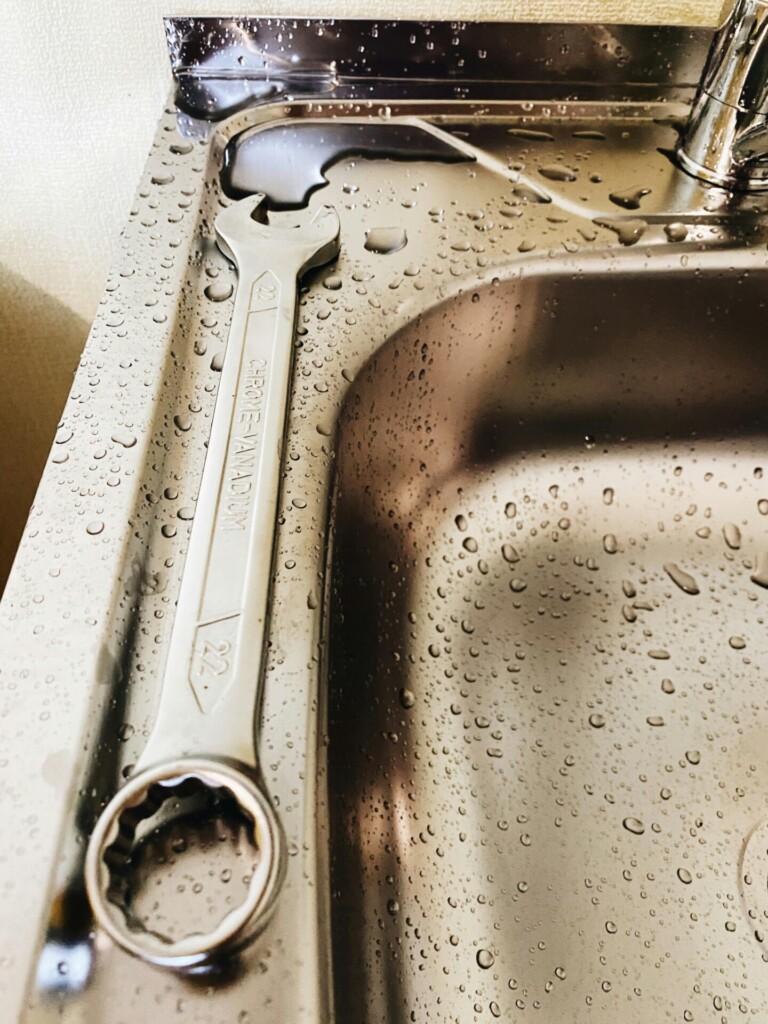
Proper kitchen drainage is fundamental to any functional and hygienic kitchen environment. By understanding drainage components, implementing regular maintenance routines, choosing appropriate drainage solutions for your kitchen type, and knowing how to address common problems, you can prevent costly repairs and disruptions. Whether for a residential or commercial kitchen, investing time and resources in quality drainage systems improves sanitation, operational efficiency, and compliance with health regulations.
The benefits of a well-designed and maintained drainage system extend far beyond simply avoiding clogs. A properly functioning system contributes to food safety by preventing cross-contamination and bacterial growth. It also enhances the operational efficiency of the kitchen, allowing staff to work without interruptions from slow drains or backups. In commercial settings especially, this translates to smoother operations and potentially increased revenue.
Long-term cost savings are another significant advantage of proper drainage. While the initial investment in quality components and professional installation may seem substantial, it pales in comparison to the expenses associated with emergency repairs, water damage restoration, or health code violations. Regular maintenance, though requiring some ongoing investment, is far more economical than dealing with major plumbing emergencies.
As we’ve discussed throughout this article, prevention through proper design and maintenance is always less expensive and troublesome than dealing with drainage emergencies. By taking a proactive approach to kitchen drainage, we not only protect our immediate interests but also contribute to the longevity and value of our properties.
Proper kitchen drainage is an investment that yields returns in multiple ways—from maintaining hygiene standards and operational efficiency to ensuring long-term savings and peace of mind. As you consider upgrades or maintenance for your kitchen, remember that a functioning drainage system is not just a convenience, but a necessity for a truly efficient and hygienic kitchen environment.
For expert assistance with your kitchen drainage needs, don’t hesitate to contact EB3 Construction. Our team of professionals is ready to help you design, install, or maintain a drainage system that meets the unique needs of your kitchen.
